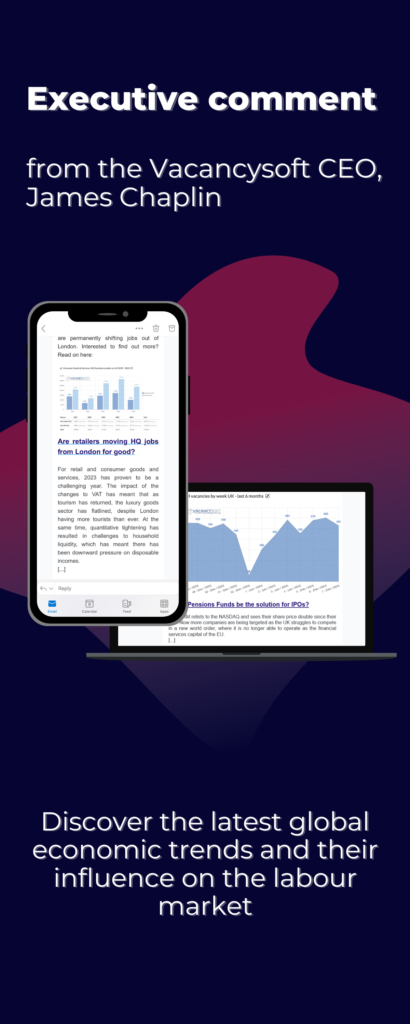Minsky Paradox: Calm Before Financial Chaos
Is the US Dollar on the edge?

“Stability is Destabilising”
As the world moves toward digital money, two economic ideas called the Triffin Dilemma and the Minsky Paradox help us understand the hidden risks facing the global economy. These ideas are especially important now, as stablecoins grow in popularity, the US considers a digital dollar, tariffs return as a key trade policy tool, and global currency competition intensifies.
The Triffin Dilemma comes from a problem the US faces as the issuer of the world’s most-used currency, the US dollar. The world needs a constant supply of dollars for trade and savings. To meet this demand, the US must send dollars abroad, usually by importing more than it exports and running trade deficits. But doing this for too long can create problems at home, like growing debt, inflation risks, and loss of trust in the dollar. In short, supporting the global economy puts stress on the US economy.
This problem is especially clear today because the US dollar has been depreciating over the last year. A weaker dollar means it takes more dollars to buy foreign goods and currencies. This depreciation can make imports more expensive for Americans and can reduce the dollar’s appeal as a global reserve currency. A falling dollar can also shake international confidence, which ties back to the Triffin Dilemma. If the world doubts the dollar’s value, it may demand fewer dollars, making the dilemma even harder to solve.
Adding to this challenge, recent data shows that across the developing world, many countries now have China as their leading trade partner, compared to ten years ago when the United States held that position. This shift means China’s economic influence is growing globally, reducing reliance on the US and the dollar in trade. As more countries trade primarily with China, they are less likely to hold large reserves of US dollars or use the dollar in their transactions. This weakens global demand for the dollar and makes it harder for the US to maintain its position as the world’s main currency, intensifying the Triffin Dilemma.
In the past, when similar problems surfaced, the US took major actions to address the crisis. In the early 1970s, the growing tensions from the Triffin Dilemma led the US to abandon the gold standard, ending the dollar’s direct convertibility to gold. This move was necessary because the US could no longer guarantee enough gold to back the increasing dollars held worldwide. Later, in the 1980s, under President Reagan, the US coordinated with its allies to devalue the dollar through agreements like the Plaza Accord. This helped correct trade imbalances and restored some global confidence in the dollar. These examples show that when the Triffin Dilemma becomes severe, it can force major changes in US economic and monetary policy.
One key part of managing this delicate balance is the Federal Reserve’s independence. The Fed is the US central bank that controls money supply and interest rates. Its independence means it can make decisions based on long-term economic stability, not short-term political pressures. This is critical because managing the dollar’s value and controlling inflation require tough choices that might be unpopular politically. If the Fed lost its independence, political leaders might push for policies that help them win votes but worsen inflation or reduce trust in the dollar. Maintaining the Fed’s independence helps keep the US economy stable and supports the dollar’s role as a global reserve currency.
Similarly, in recent years, the US government, especially under the Trump administration, has put pressure on BRIC countries to discourage them from creating or organizing a competing currency system that could challenge the dollar’s dominance. This effort shows how important it is for the US to maintain dollar supremacy. If these countries developed an alternative currency, it could reduce global demand for dollars, worsening the Triffin Dilemma and weakening US influence.
Tariffs also play a role. Tariffs are taxes on imported goods often used to protect US industries and reduce imports. In theory, tariffs can help lower the trade deficit, easing the pressure of the Triffin Dilemma. But there is a catch. Reducing imports means fewer dollars flow abroad, which can limit the supply of dollars the world needs. This creates tension between domestic goals like protecting jobs and global responsibilities like providing dollar liquidity.
Meanwhile, the Minsky Paradox teaches us that long periods of stability can lead to risky behaviour. When things seem calm and safe, people borrow more, invest in risky assets, and assume nothing will go wrong. But over time, these risks build up, and a sudden shock can cause a financial crisis. This is especially important for stablecoins, private digital tokens tied to the US dollar. They appear safe but many are backed by risky or unclear reserves. A loss of trust in a large stablecoin could trigger panic in digital markets.
To regain control and protect the dollar’s role, the US is exploring a digital dollar issued by the Federal Reserve. It would work like digital cash, safe, fast, and government-backed. It could offer more secure access to dollars globally, reducing reliance on private stablecoins. But it also carries Minsky-like risks. In a crisis, people might rush to move money from banks to digital dollars, creating stress in the banking system and possibly triggering a digital bank run.
In summary, tariffs, digital money, global dollar demand, and geopolitical currency competition are all linked. Tariffs may help fix trade imbalances but can reduce the global flow of dollars. Stablecoins expand dollar access but create financial risks. A digital dollar could solve some problems but introduce new ones. Pressure on BRIC countries shows how the US tries to maintain dollar dominance amid growing challenges. The shift of many developing countries to trade mainly with China highlights the rising challenge to US economic influence and dollar demand. History shows that when the Triffin Dilemma becomes too great, it forces major policy changes like leaving the gold standard or coordinating a dollar devaluation. The Minsky Paradox reminds us that tools meant to protect stability can sometimes cause the problems they try to prevent. The recent depreciation of the dollar shows how fragile global confidence can be. The Federal Reserve’s independence is vital for managing these complex pressures effectively.
Finally, Looking back at history, we see how global economic power can shift. When the United States surpassed the United Kingdom as the global economic and financial hegemon in the early 20th century, the UK economy faced major challenges. The pound lost its status as the world’s leading reserve currency, which affected London’s role as the financial centre of the world and brought economic adjustment pains. This raises an important question today: Is the US approaching a similar tipping point? Could the dollar’s global dominance be challenged or replaced, leading to major shifts in the US economy and its global role?
Subscribe to our weekly newsletter for clear, timely insights on the political and economic trends shaping the UK labour market:
The data referenced above has been sourced from Vacancy Analytics, a cutting-edge Business Intelligence tool that tracks recruitment industry trends and identifies emerging hotspots. With 17 years of experience, we have a deep understanding of market activities in the UK and globally.
Want to unlock the full potential of Vacancy Analytics to fuel your business growth?
Book a 30-minute workshop with us and discover the power of data in shaping the future of your market!
p.s. By the way, if you are a fantasy football fan, why not join our league this season? With over 50 people already registered, we will be doing prizes for the winner and for the manager of the month if we hit 100+. Get involved!


